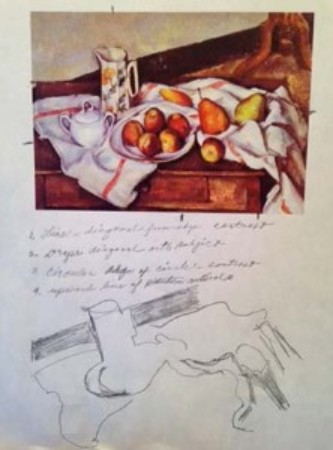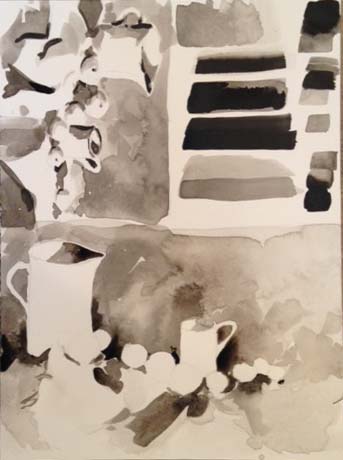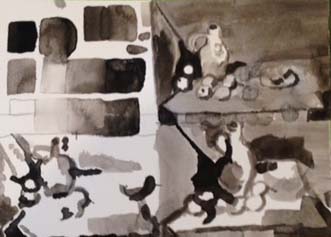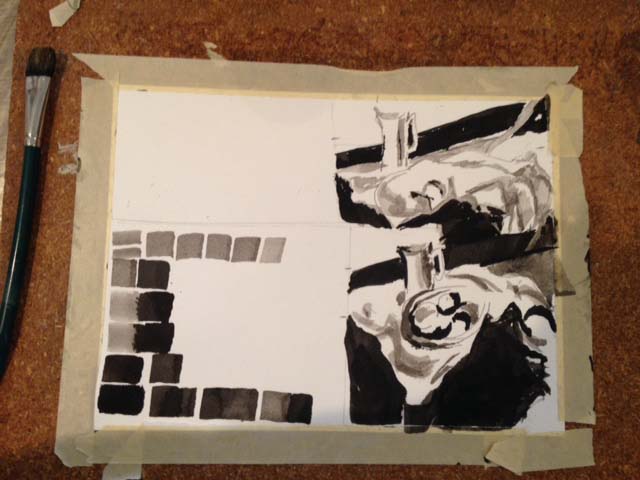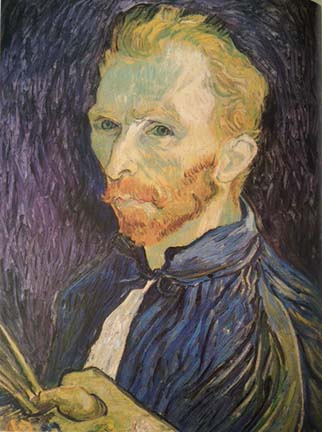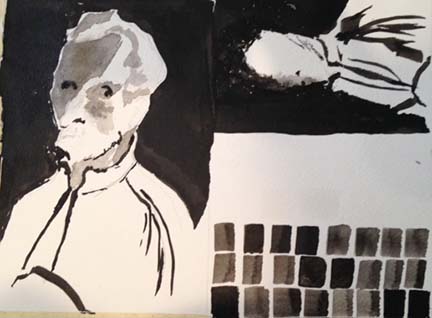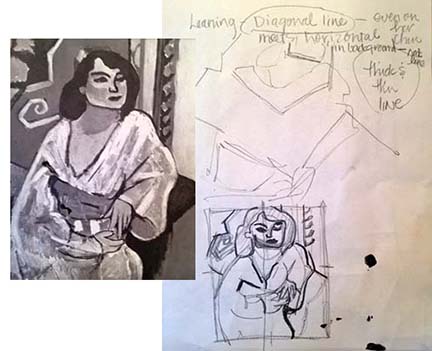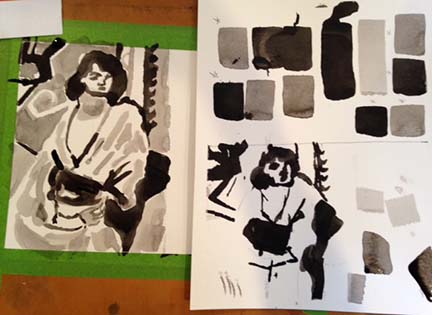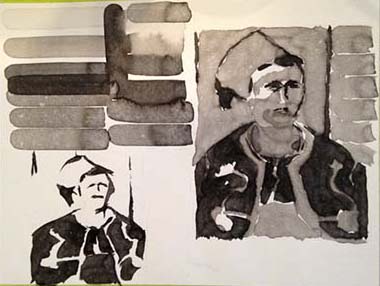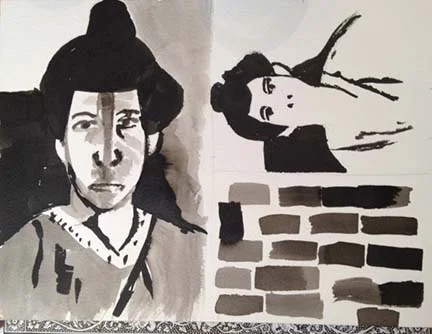Spring Workshop 2018--Part Two
Values & the "big idea"...continued...
Welcome back--this week we finish our discussion about planning a basic value scheme.
As our workshop continued, students greatly improved in their ability to simplify what they saw into 2-3 major values. As a result, the shapes that appeared were simpler, broader and more obvious as their work became more economical.
Remember-- Paintings were not intended to be an exact master's copy--that is a whole different lesson!
Emphasis on Edges
"When an artist is attracted to a particular subject, it is usually for some visual reason--an unusual shape, an interesting line, an exciting color combination, or any number of reasons of this type. Knowing the reason for the attraction is important, because it is the inspiration that must be carried into the painting if it is to have life." Charles Reid, Painting What You Want to See
Day3--We looked at the work of Cezanne. Student's were asked what (specifically) attracted their attention in his painting. We discussed different methods Cezanne may have used to direct the eye of the viewer-- contrast, lost & found edges and/or the nature of shapes (notice how some shapes point your eye in a particular direction?).
Each student made a simple contour drawing (in pencil) recording the type and direction of edges perceived in the painting. After noting their values in a small value scale, they selected the edge that was easiest to see and worked out from there--using one value at a time. During the duration of this assignment students tried to keep focused on what initially attracted their attention in the painting.
What are Edges anyway?
Edges are the borderlines between shapes of color (value)-- where they fit together. They occur at all boundaries of all shapes within a painting as well as in the subject.
Results
Articulate Shapes
A student's studying the painting by Van Gogh, Self Portrait, 1889
Day4--The figure. Working with the figure is a good way to focus on refining shapes. We are much more attuned to when things are not "just right" while looking for a likeness in the face of another. Why is this is?
In the images above a student studies the work of Matisse. In box#1--she records how her eye moves towards and away from certain areas. In box#2--see how she uses her drawing to create a series of value studies.
Other Results

